Taiwan Is On an Anti-Invasion Shopping Spree to Fend Off China, But Is It Spending Its Money Wisely?
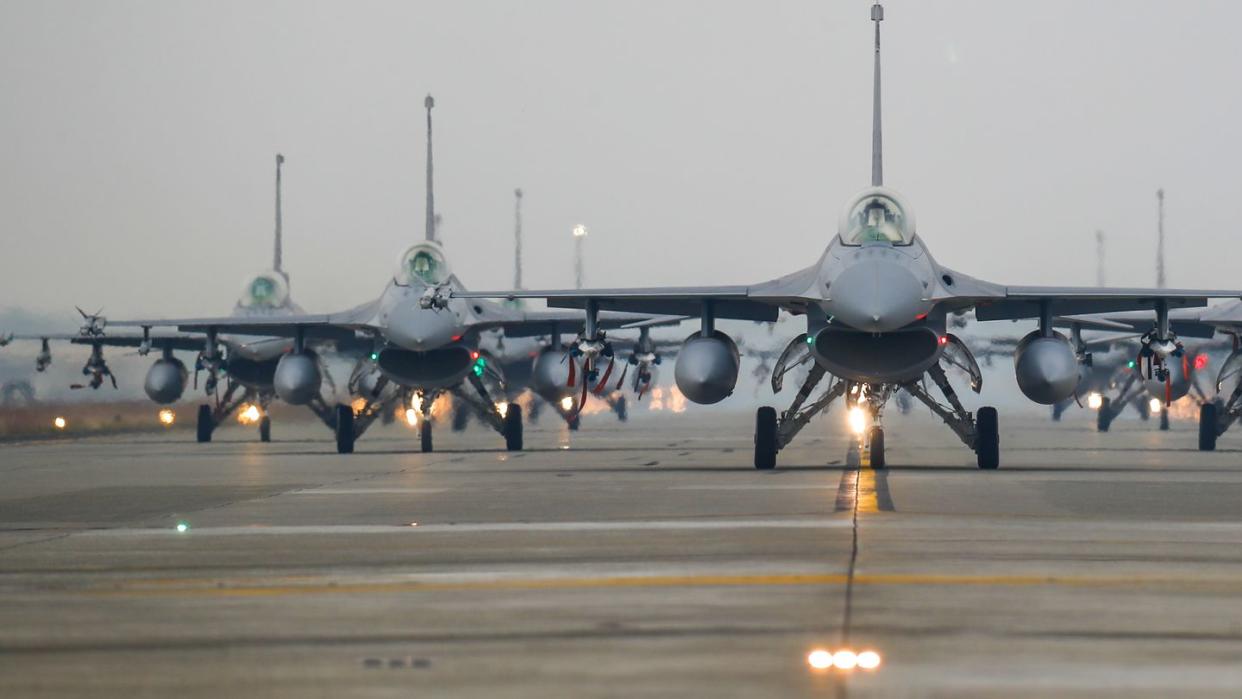
One of the most dangerous places in the world right now is the Taiwan Strait. Free, democratic Taiwan stands just over 100 miles off the coast of authoritarian China, with the latter openly building up the military strength necessary to take the island by force.
The war in Ukraine has reminded the world just how destructive modern warfare is, and how having the necessary weapons is crucial in stopping an invasion. But is Taiwan buying the right weapons?
One Job
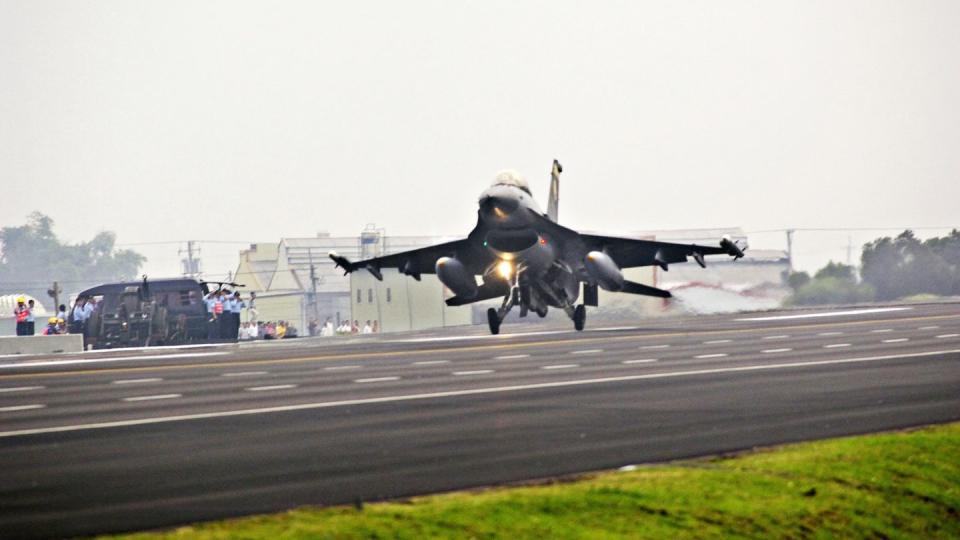
Today’s Republic of China military has one job: defend Taiwan from invasion. Everything else is a distant second. China’s refusal to rule out reuniting the two Chinas by force, and its persistent military buildup over the last three decades—with particular emphasis on forces useful in a cross-strait invasion—make defending the island its overwhelming, and arguably only, priority.
Still, Taiwan continues to spend its underfunded defense budget on what amounts to a distraction—such as large warships, amphibious ships, and other less-than-useful weapons platforms. In the old days, the Kuomintang, the party of Nationalist China that evacuated to the island in 1949, maintained strong land and sea forces on the premise that someday it would retake the island. That was never actually a viable proposition, but since China couldn’t invade the country, it was a relatively harmless gesture.
It’s not so harmless anymore. Guided-missile destroyers and amphibious assault ships, useful in crossing the Taiwan Strait going west, are not useful in stopping a crossing going east. China’s overwhelming superiority over Taiwan in aircraft carriers (3-0), surface warships (56-26), and submarines (33-2), means Taiwan cannot hope to halt an invasion in a big fleet action. Taiwan’s amphibious fleet, 31 ships strong, would face an air and sea environment so lethal it could not hope to even redeploy the army from one part of the island to another.
The Right Weapons
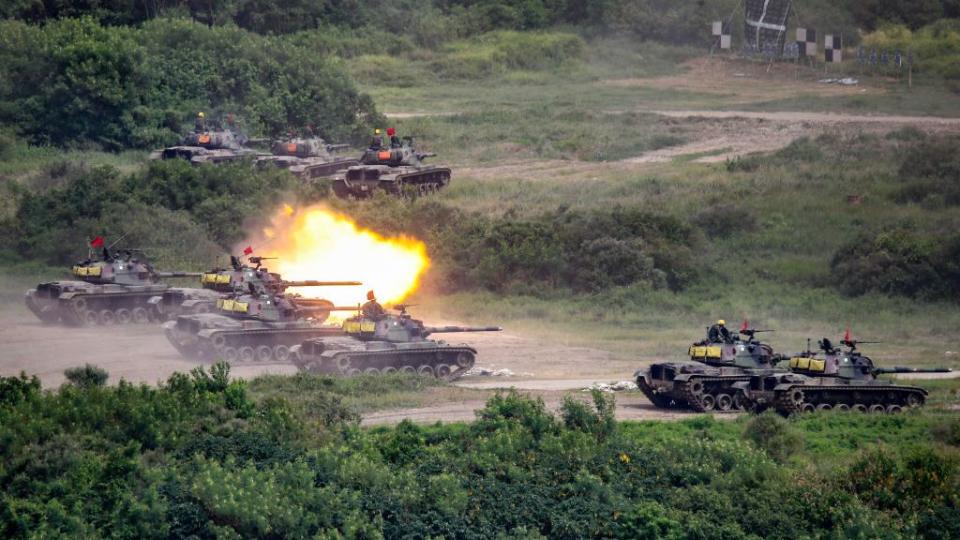
A recent survey from the Oryx blog, a Dutch open-source intelligence defense analysis site, shows that Taiwan is buying many weapons that can successfully oppose an invasion. On the ground, Taiwan is upgrading more than 900 older tanks, including 450 CM-11 tanks (American-made M60 main battle tank hulls with M48 tank turrets) and 460 M60A3 tanks. While newer tanks are available, the lighter CM-11 and M60A3 tanks can more easily traverse Taiwan’s mountainous road network, especially bridges. While the older 105-millimeter M68 gun is less powerful than the world standard 120/125-millimeter, the Chinese Marine Corps will initially land lightly armored ZBD-05 amphibious assault vehicles armed with 30-millimeter guns and anti-tank missiles. The M68 will make easy work of China’s amphibious vehicles, and the older tanks carry more ammunition (55 rounds) than those with bigger guns (40 rounds).
In the event of an invasion, Taiwan will need to defend its airspace for as long as possible, preventing Chinese air power from striking its forces on the ground. The Republic of China Air Force will eventually field a force of more than 200 F-16V Fighting Falcons, the largest F-16 fleet in Asia. While the F-16V is not stealthy like China’s J-20 fighter, it includes advanced radar and avionics that are as good as, if not better than, the J-20. That’s in addition to more than 140 older Mirage 2000 and F-CK-1 fighters.
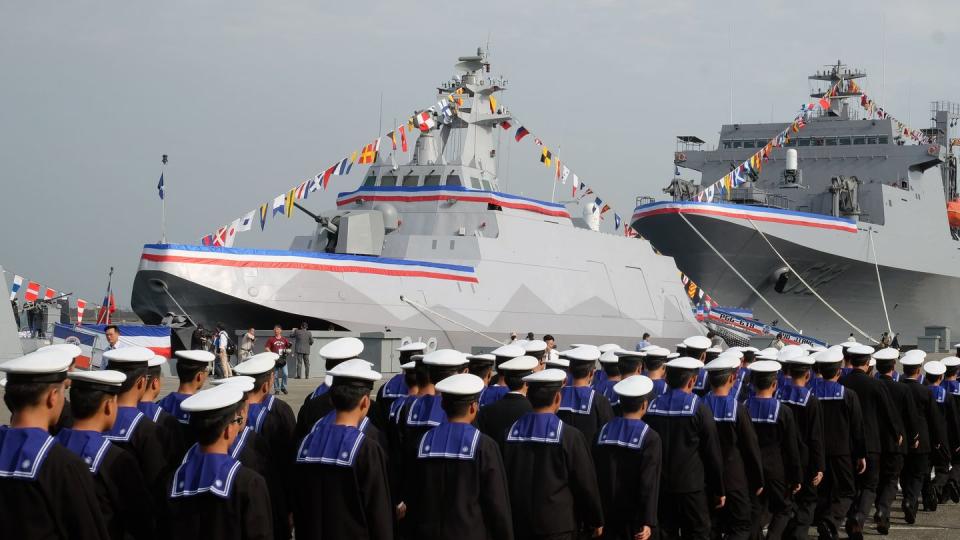
Anti-invasion naval forces are where Taiwan is making the most progress, and for good reason: an invasion of the island will stand and fall based on how many troops China can rush to the island, and the number one priority of the war will be sinking transports. Small, heavily armored missile boats capable of hiding in small fishing ports and then unleashing barrages of missiles at amphibious transport ships, are ideal. Taiwan is building 12 Tuo River-class corvette catamarans, each equipped with eight Hsiung Feng II subsonic and eight Hsiung Feng III supersonic anti-ship missiles. Another 30 Kuang Hua IV fast missile boats will carry four more Hsiung Feng II anti-ship missiles.
Taiwan’s big naval acquisition will be the construction of eight indigenous diesel-electric attack submarines. No one will sell Taiwan attack submarines, due to Chinese political pressure, so Taiwan is designing and building its own. Eight submarines, equipped with American Mk-48 ADCAP heavyweight torpedoes and UGM-84 Harpoon anti-ship missiles, will cause People’s Liberation Army Navy admirals many sleepless nights.
The Wrong Weapons
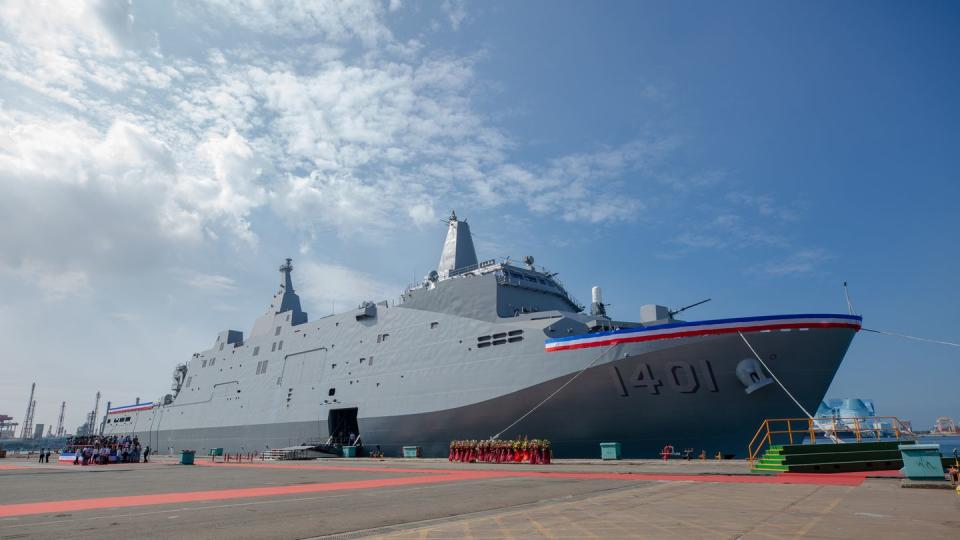
Among ground weapons, Taiwan is buying 108 M1A2T (T for Taiwan) main battle tanks, a variant of the U.S. Army’s M1A2 SEPv2. The M1A2T will weigh approximately 71.2 tons, a factor that will impede its tactical mobility in a mountainous country like Taiwan. Taiwan can certainly use a modern main battle tank, and there are factors that are desirable—like the M1’s firepower and protection—but the tank will be restricted in where on the island it can operate, and China will make educated guesses about where and when it might defend the island.
While Taiwan is making many good naval decisions, it is also making a veritable fleet of bad decisions. The island republic maintains four ex-U.S. Navy Kidd-class guided-missile destroyers. The four destroyers, each more than 40 years old, are outdated and require a total of about 1,400 crew. Each carries just four anti-ship missiles. Taiwan’s main reason for keeping these destroyers in service seems to be just to say it has destroyers.
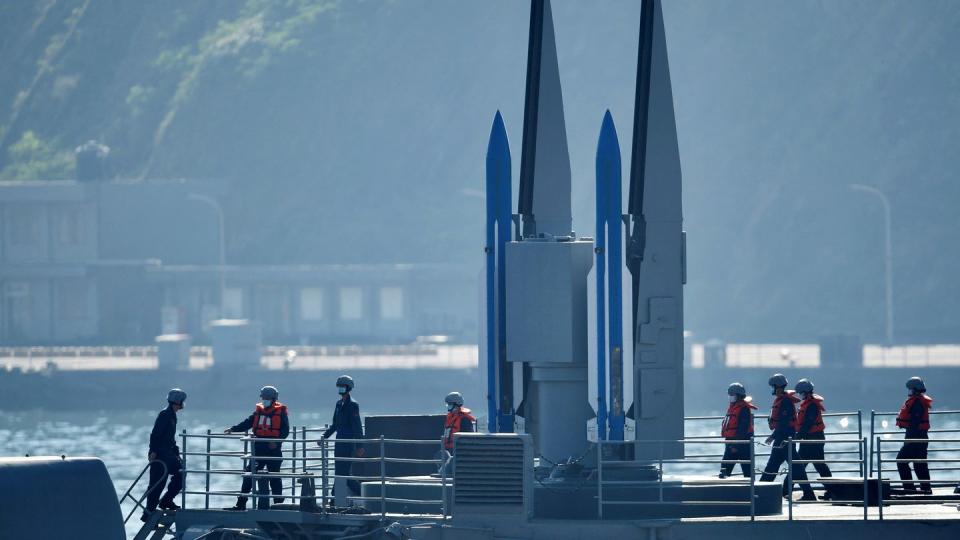
Another questionable segment of the fleet is the flotilla of ex-U.S. Navy Knox- and Oliver Hazard Perry-class frigates. All 16 have crews of more than 200, yet carry half or less than half the anti-ship missile armament of the smaller, more agile Tuo River class.
Finally, Taiwan has a bafflingly high number of amphibious ships: 31, according to the U.S. Department of Defense. Taiwan does garrison a handful of islands near mainland China, and it claims some disputed islands in the South China Sea, but the number and type of ships is far greater than its requirements. The new Yushan-class amphibious platform dock is a particularly bizarre example of a large, expensive ship that would be quickly destroyed in a conflict, taking hundreds of Taiwanese sailors and marines with it.
The Takeaway
Until recently, Taiwan spent just 2 percent of GDP on defense, compared to 3.5 percent for the United States. The invasion of Ukraine seems to have jolted Taiwanese officials to action, with the number set to rise to 2.4 percent in 2023. Will it be enough? If Taiwan trims wasteful programs and sets realistic expectations, sure. If not, Taiwan may some day wake up to a sky darkened by Chinese missiles and fighter jets, armed with weapons it does not need.
You Might Also Like

